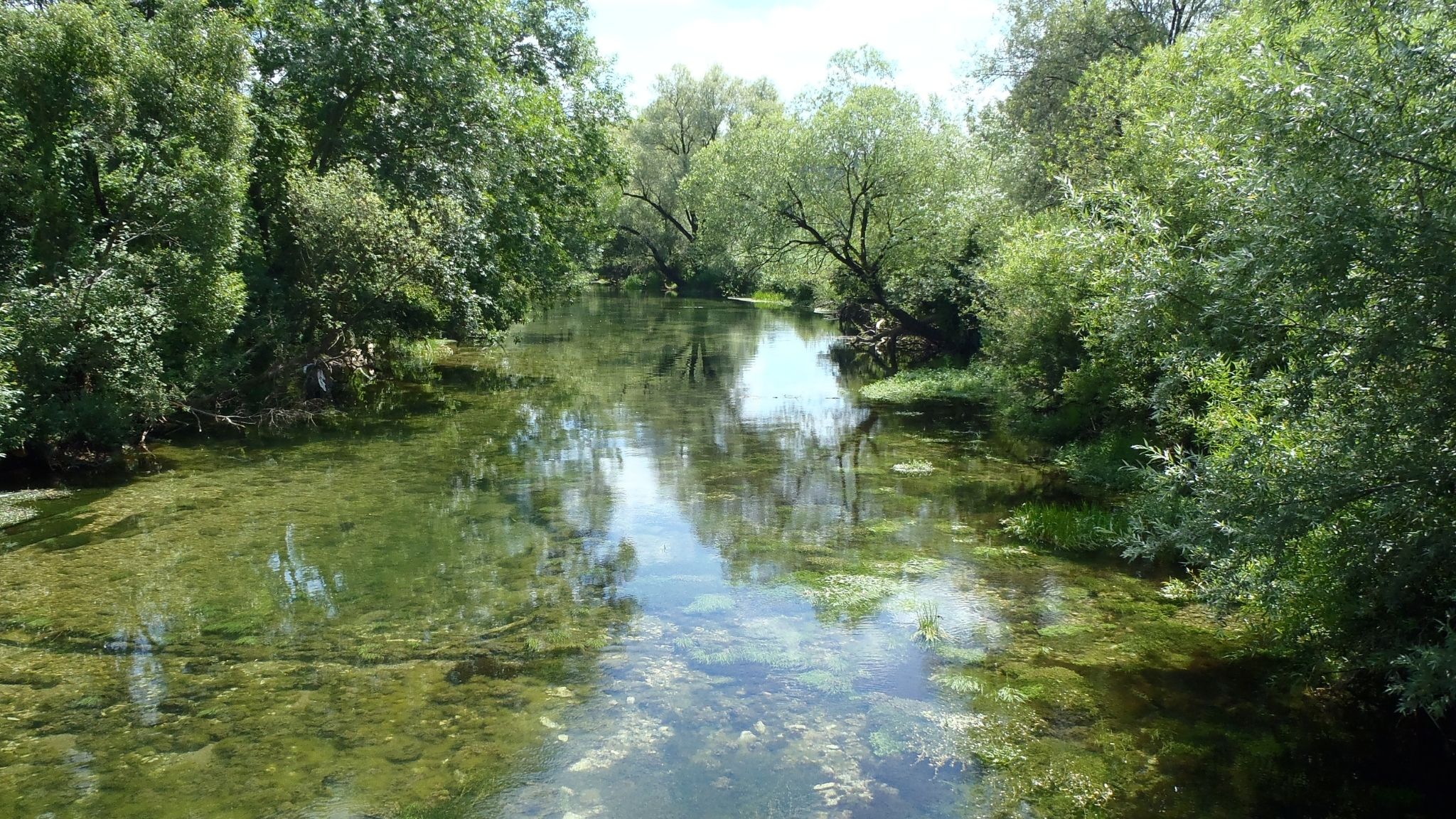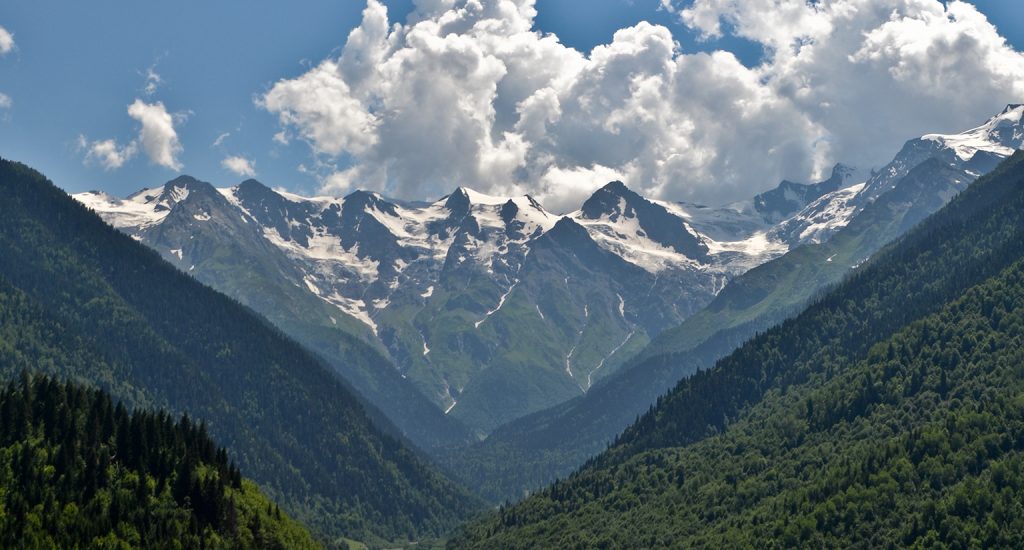The countries of the Energy Community Treaty have diverse energy mixes, but hydropower has traditionally played a strong role in many of them. Albania is almost completely reliant on dams for its domestic electricity generation, followed by Georgia with an average of 80 per cent of electricity generated by hydropower and Montenegro with an average of 55 per cent.

Stay informed
We closely follow international public finance and bring critical updates from the ground.
Background
The countries of the Energy Community Treaty have diverse energy mixes, but hydropower has traditionally played a strong role in many of them. Albania is almost completely reliant on dams for its domestic electricity generation, followed by Georgia with an average of 80 per cent of electricity generated by hydropower and Montenegro with an average of 55 per cent.
But what started as a strength is becoming a liability. More and more erratic rainfall is exposing how vulnerable hydropower is to climate change, while its damaging impacts on biodiversity, groundwater and sediment transportation are becoming better understood.
This has not stopped decision-makers’ zealous plans to develop the sector, including in countries like Ukraine hydropower has not traditionally played a major role. Decades-old projects are still being pushed against all economic and environmental logic, while a rash of small hydropower plants driven by feed-in tariff schemes has destroyed rivers and streams across southeast Europe.
The good news is that there are alternatives, with lower costs for the environment and also, increasingly, for the public purse, and that resistance to the unnecessary destruction of life-giving rivers is increasing day by day.
IN FOCUS
Latest news
Albania’s Skavica dam can’t get off the ground – time to finally cancel it!
Blog entry | 24 November, 2025The highly damaging hydropower project could hardly have had stronger political support at its inception, with the country’s parliament passing a special law in 2021 to appoint U.S. construction giant Bechtel as the main contractor. But four years later, the project has stagnated, with no environmental permit and no financing.
Read moreRomania’s Parliament paves the way for environmental destruction and ‘foreign agent’ repression
Blog entry | 20 October, 2025Romania stands at a dangerous crossroads. Last week, a law initiated by the senator Daniel Zamfir in 2022 and already then rejected by the Senate, passed by a crushing majority (262–33) in the decisive Deputies Chamber.
Read moreExpanding the Emerald Network: Progress and gaps in the Western Balkans
Blog entry | 9 October, 2025At the 15th meeting of the Bern Convention’s Group of Experts on Protected Areas and Ecological Networks – held from 7 to 8 October 2025 in Bar, Montenegro – participants reviewed progress towards establishing the Emerald Network of protected areas. As part of the programme, the group visited Lake Skadar, one of Montenegro’s key Emerald sites, acknowledging the government’s efforts to safeguard this unique ecosystem.
Read moreRelated publications
Nenskra hydropower project: update
Briefing | 29 January, 2021 | Download PDFSince it was first proposed, the Nenskra hydropower project in Georgia has raised significant controversy and concerns among the indigenous Svan communities living near the proposed plant, as well as the general public in Georgia. The accountability mechanisms of the EIB, EBRD and ADB have found numerous violations of the lenders’ environmental and human rights standards, as well as violations of the rights of affected Svan communities.
Can the EIB become the “EU Development Bank”?
Report | 9 November, 2020 | Download PDFThis report analyses the EIB’s track record in the development field and offers a series of detailed recommendations for fundamental reforms at the EIB, so that the Bank can better support partner countries’ development priorities and ultimately become a credible candidate for the “EU Development Bank” seat.
Complaint to the European Ombudsman regarding the EIB’s non-disclosure of information
Briefing | 14 May, 2019 | Download PDFThis complaint is based on the Memorandum of Understanding signed by the EIB with theEuropean Ombudsman allowing the complainants who are not satisfied with the outcome of the procedure before the European Investment Bank-Complaints Mechanism (EIB-CM)




